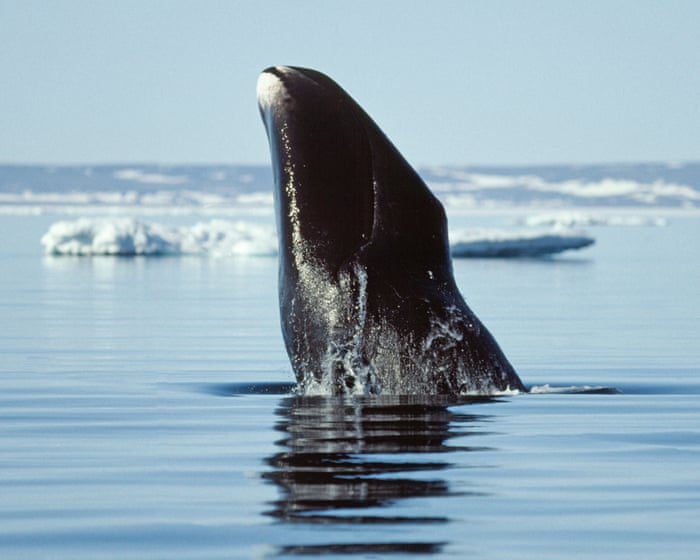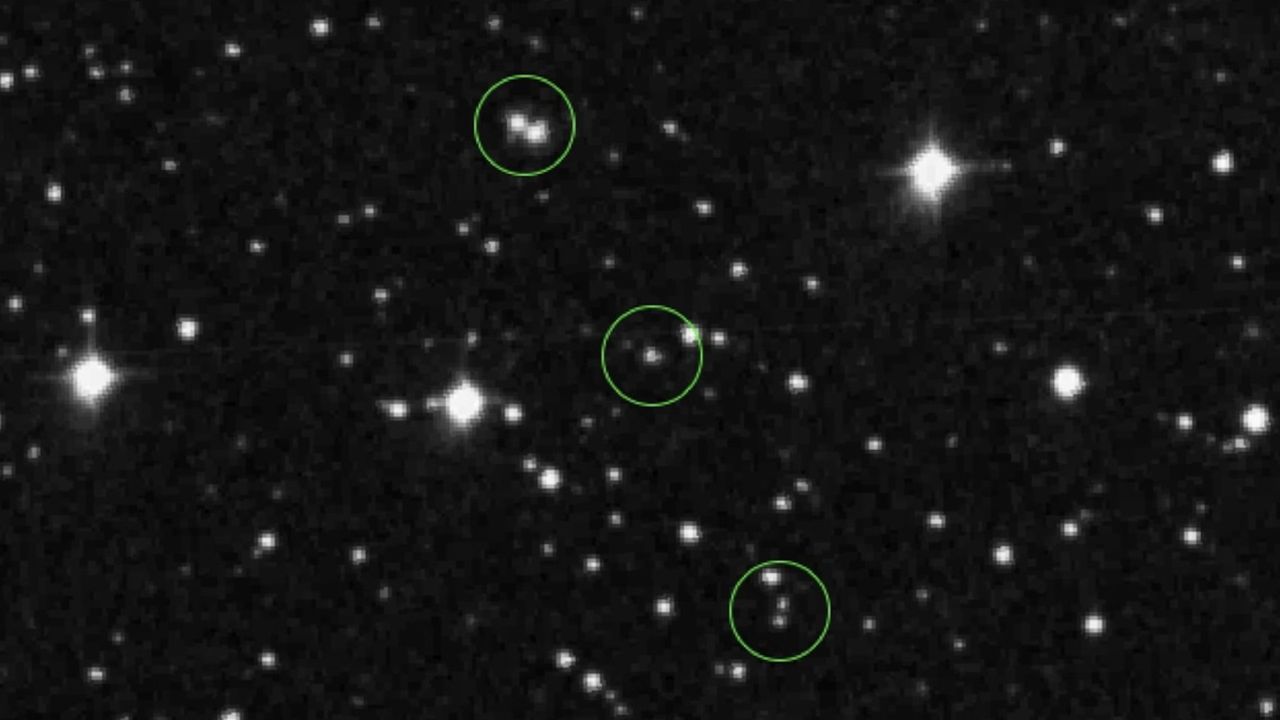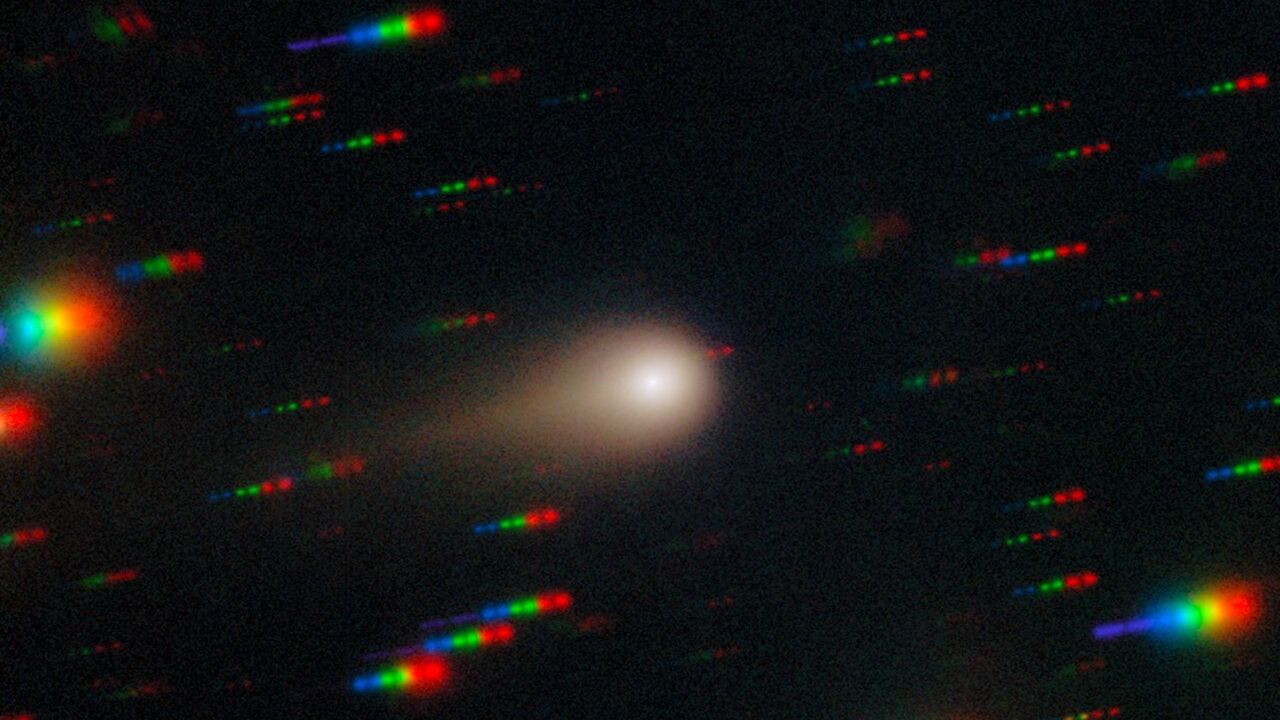Can bowhead whales with their 200-year lifespan help us to slow ageing?
PositiveScience

Researchers have discovered that bowhead whales, the longest-living mammals with lifespans exceeding 200 years, possess remarkable abilities to repair faulty DNA. This finding could pave the way for new insights into human ageing and health, as scientists explore whether these biological mechanisms can be replicated in people. The implications of this research are significant, potentially offering strategies to enhance healthy ageing and improve longevity in humans.
— Curated by the World Pulse Now AI Editorial System










